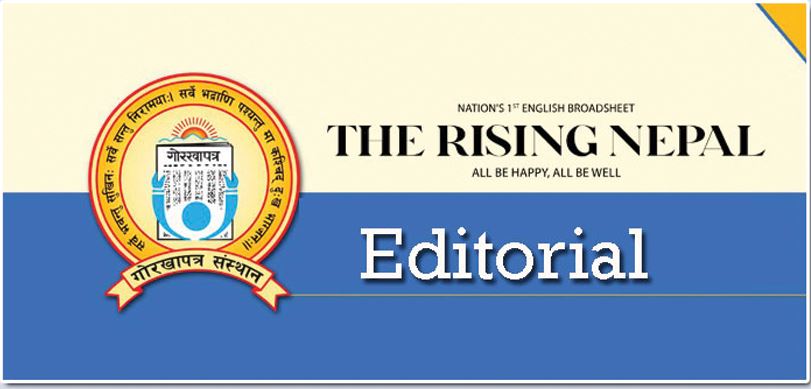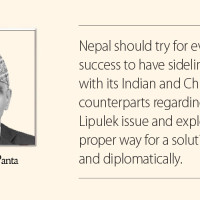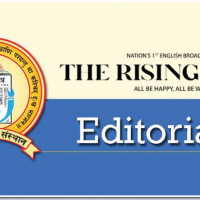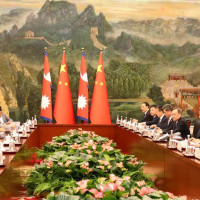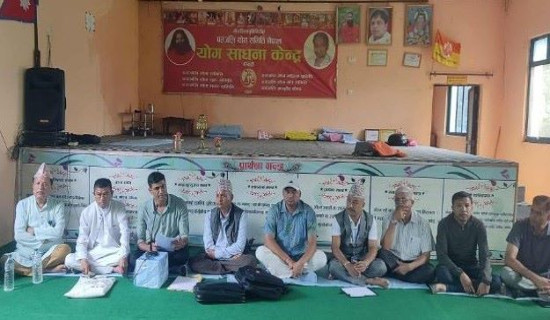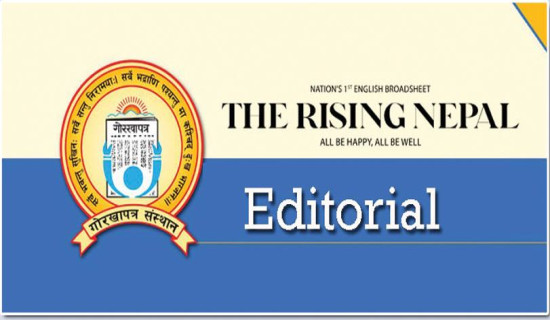- Sunday, 31 August 2025
Food Habits Shift
Walking through Kathmandu Valley on any random day, ignoring how the city has changed is impossible. Those once quiet old suburbs of Jhamsikhel, Sanepa, Thamel, Basantapur, and Bouddha are now pulsating with activity, their streets filled with merriment, clinking glasses, and the smell of international food. The gastronomic landscape of the city has evolved into a cultural mosaic. Compared to the past, people nowadays dine out more often. An outing is now a part of daily life, and many trendy cafes, rooftop restaurants, live music hotspots, and other similar venues these days are preferred to the more traditional halls and eateries by young people and employees.
Along with the food, restaurants have become affordable, thriving urban oases for the middle class. They act as working sectors for many who thrive in business and work there for daily survival. Simultaneously, they also act as required social meeting places to enable interaction and bonding among the young professionals and residents. Moreover, these eateries offer a cosmopolitan flavor and aura, with numerous culinary cultures. This international blend of food reflects and consolidates Kathmandu's new status and the evolving tastes of its young, increasingly globalised youth. The restaurants, therefore, play a multi-purpose role in shaping the social and cultural life of the city. But there are two sides to this boom. Eating as a meaningful experience is at risk because of the trend to create more "Instagrammable" places and mix different food styles.
In many cases, the look of the place matters more than the food itself. The growing popularity of international restaurants and stylish cafes often leads to the decline of traditional eateries, resulting in the loss of the rich food culture. Also, the phenomenon of dining out becoming a norm has its flaws. What happens to the small eateries and tea shops that brought together families and young people in the past? The small, affordable spots that serve a lot of people should not be lost due to the so-called “food revolution” of the city. The explosion at a restaurant demonstrates the enthusiasm of the city and its people to embrace newer things.
However, this dedication should be moderated. Both consumers and restaurant owners should foster places where innovation and heritage are given equal weight. The restaurant boom indicates the city’s enthusiasm and energy for new things. However, that enthusiasm needs to be controlled. Support should come from both sides for places that respect creativity and tradition. Without further borrowing, menus can offer variety. Spaces can feel welcoming without being fancy or exclusive.
Other citizens in lower economic classes may have the chance to experience the city’s culinary culture if urban planners and legislators provide reasonably priced dining options. The relevant bodies must also have systems in place to regularly assess each restaurant’s food safety and hygiene standards. Crafting a city where eating out creates community, stimulates economic growth, and fosters creativity involves growing Kathmandu’s culinary scene. Creating spaces that care for the mind and body, while acknowledging the past and envisioning the future, is challenging. However, the capital should continue to serve cuisine that enriches the authenticity of food culture.

